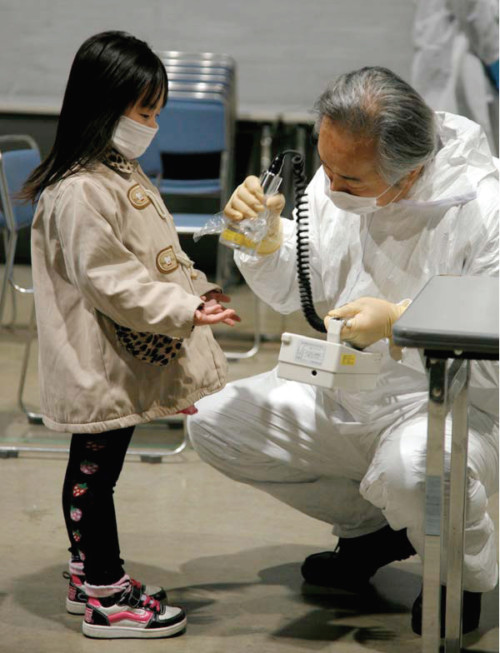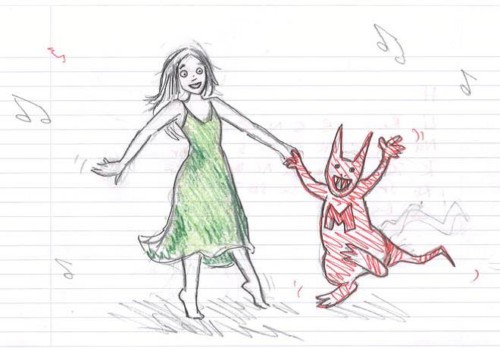Foreword
“Star clusters birthed new suns; red giants blazed their dying light; nebulas shrouded the relentless gravity of black holes.” So begins Kurt Johnson’s first novel, the story of a thirteen-year-old girl living 1,800 years after a galaxy- wide war between Humanity and the Convergence. Even though this “fiction” stretches credulity, Kurt is able to magically submerge the reader into that alternative reality and to assimilate its strangeness into the reader’s own consciousness.
What makes Raystar of Terra unusual is its seamless development of bizarre relationships, making them believable, even comfortable, by converting the weird “other” into the normal “another” and transforming “creatures” into loyal friends as well as fierce foes. Raystar, a wonderfully innocent teenager, is an outcast on the planet Nem’, yet she is also a talisman for humanity, someone who enables the reader to explore the unearthliness of her alien encounters along with the light-filled grandeur of her human potential. Raystar enables the reader to settle in, to get comfortable with the unimagined extremes of foreign worlds, outside possibilities…definable only in terms of themselves. I am reminded of that most famous of outcasts, Ishmael in Moby Dick, when he magnanimously said: “Not ignoring what is good, I am quick to perceive a horror, and could still be social with it—would they let me—since it is but well to be on friendly terms with all the inmates of the place one lodges in.”
Raystar lives on a farm with her father, mother, sister, and her own synthetic attendant, a remarkably human artificial intelligence. She understands that she, as a human, is an exception on Nem’, but certainly not exceptional in the grand scheme of things. She is dwarfed (literally) by enormous creatures much smarter, swifter, and more awe inspiring than she.
However, part of her quest for identity is to discover what unique powers she does possess. In that sense, her story is an old one, that of self-realization, but her growth is explored and tested in new realities, new challenges—all while carrying old baggage, the genetic suitcase of her own humanity.
Raystar’s family farm is nestled below the Mesas, “three-thousand-meter– high plateaus that blocked out the sky with their square brutishness,” that are subsumed every six weeks by “giant, dark walls of angry clouds and bellies gorged with lightning, rumbling from one pole to another.” Kurt does a wonderful job of creating a setting full of beauty and threat, one that becomes real in its attention to detail, but also one that mirrors Earth’s environments, lands that nourish as well as destroy: “Leggers hunted the animals that lived in the ‘natch fields. Legger packs would occasionally take a lone farmer or stray kid. And in really dry years, sometimes they would attack a household.” In Raystar’s life on Nem’, there is danger, dark unknowns that lurk just outside her well-fortified home. Her parents are on constant alert regarding the possibility of their child’s vulnerability, yet they cannot totally protect her from risk. They know that some day she must walk alone, in the dry years, unprotected.
Even though Raystar of Terra is set in a far-flung, alien universe, it explores close-to-home human concerns: weakness, power, loss, family, isolation, friendship, violence, fear, compassion, and humanism. All of these complex issues are interwoven into the bizarre experiences of Raystar, and perhaps, into the awareness that her story may bring to the reader’s own quest for understanding in the hurly-burly of this world’s present.
Almost on a daily basis, we absorb negative images of human conduct, rending snapshots in a long continuum of mayhem and violence. In 2016, on the shores of Lake Kentura in Kenya, ten 10,000-year-old male skeletons were discovered, grouped together. All of them showed signs of head trauma, evidence of one tribe’s attack on another. By not ignoring what is bad in our history as well as what may be negative or positive in our future, Raystar of Terra is a realistic novel, but at the same time, it is also one that is “real” in its wonderful portrayal of a family’s closeness, the power of defiant hearts, and the unique pluck of a teenager who refuses to become an alien.
On a personal note, it has been my honor and my pleasure to edit this book. Twenty-nine years ago, Kurt Johnson was a student in my senior English class at Evanston Township High School in Evanston, Illinois. It is not often
that a teacher, particularly one so many years beyond the classroom, gets a chance to witness the extraordinary intellectual and emotional growth of one of his or her charges. It has been my blessing to have been a teacher, and to have had the career that was my calling. Often, I reflect back on the ebb and flow of shared experiences in the classroom, but also on the hidden linkages between all of us, the interconnections we just barely intuit in dreams, memories, and feelings. I extend an immeasurable thank you to all I have had the pleasure to know, who have become part of me, and to Kurt…to whom I owe the fulfillment of this long-term, shared journey.
—Bruce E. Mitchell





Reviews
There are no reviews yet.